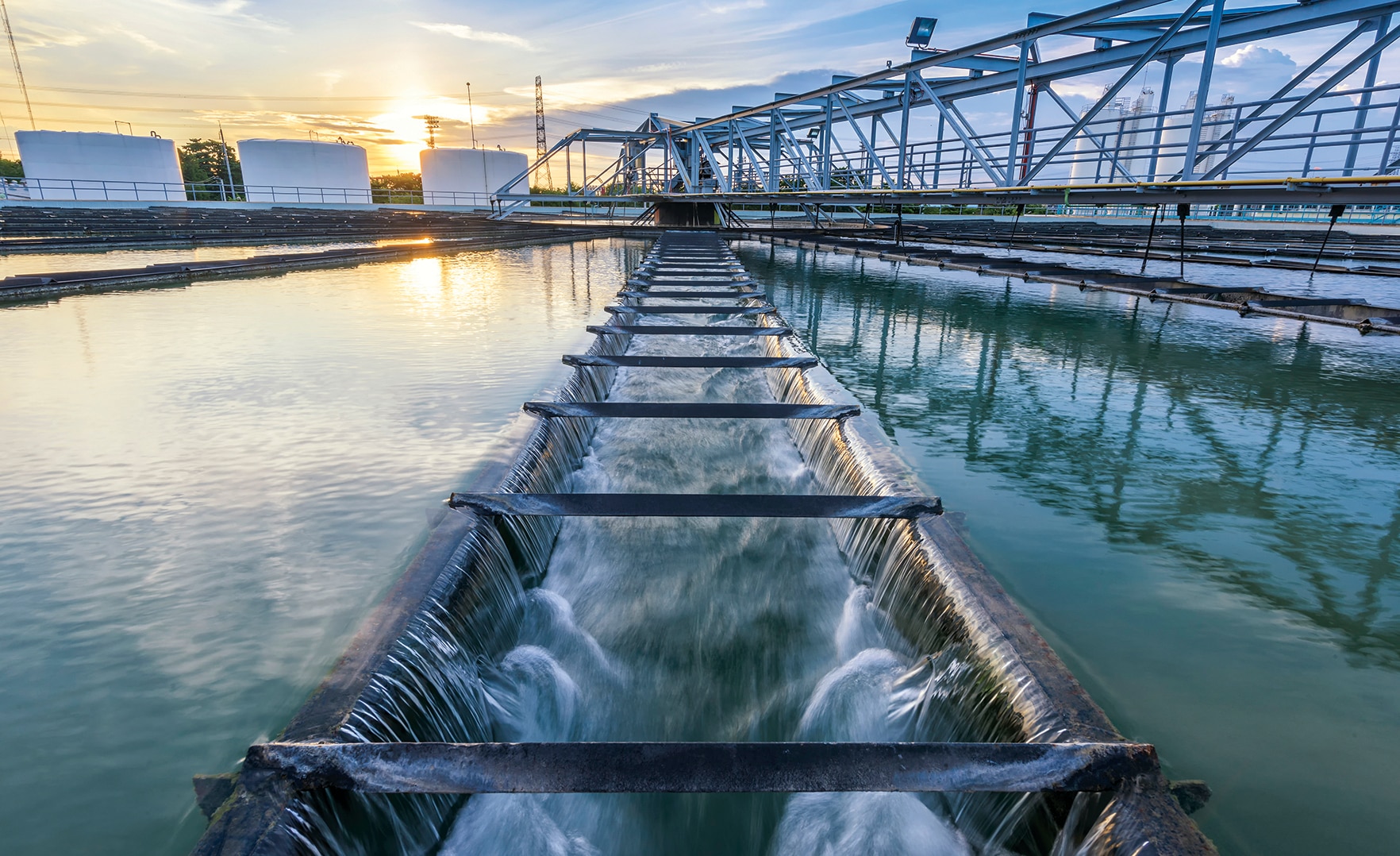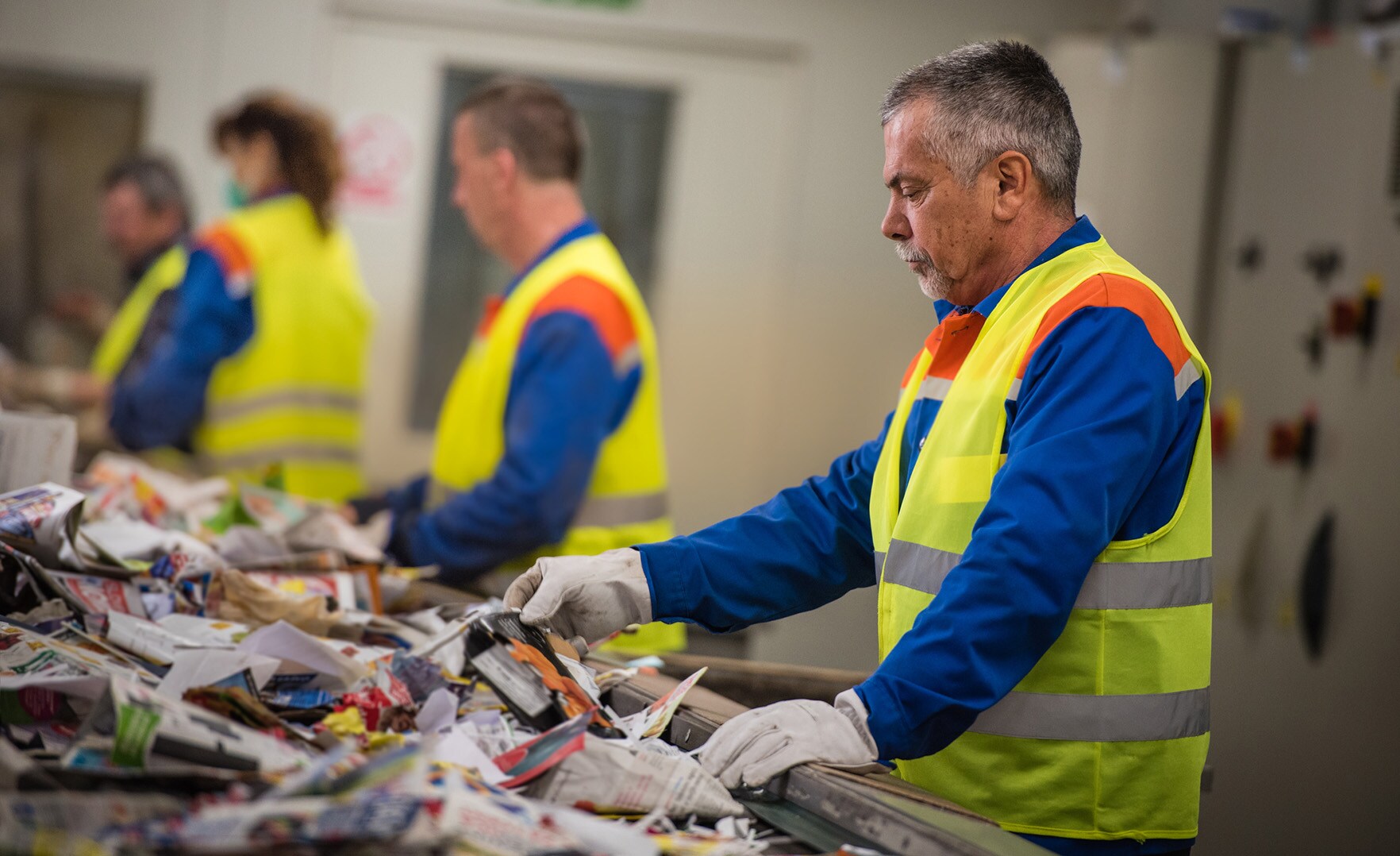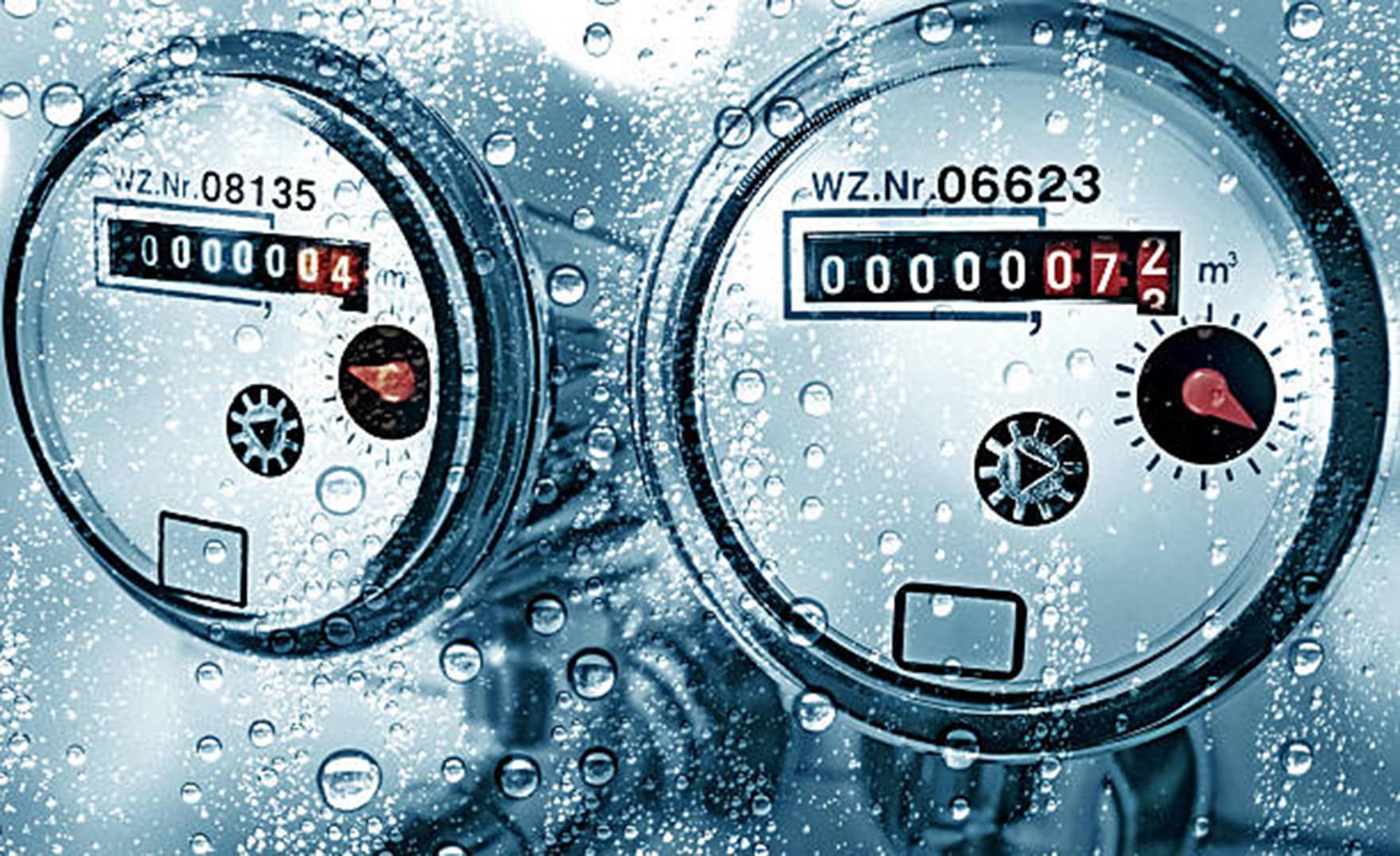Parker's Carbon Reduction Goals
Parker has established ambitious targets to cut emissions and conserve natural resources. Our goal is to reduce emissions from our operations at least 50% from our 2019 baseline by 2030 and achieve carbon neutral operations by 2040.
Long-Term Strategy
Our climate action program addresses potential risks to our business with a series of key objectives that include aligning technology solutions with changing customer expectations due to climate change, reducing carbon from both our operational and our indirect footprints, reducing risk of operational disruption due to climate change, and meeting customer expectations for carbon footprint reporting.
Parker-Hannifin Corporation CDP Climate Change Questionnaire 2023
Global EHS Directives
Parker’s Global Environmental, Health, and Safety (EHS) Directives provide a clear vision of performance expectations. The Global EHS Directives can be divided into two categories of operational excellence: EHS Management and Operational EHS requirements.
These directives span the full extent of requirements for maintaining a safe workplace as well as effective environmental management. Each directive has supplemental guidelines, standards and best practices, which provide the necessary framework and criteria for our operating facilities. All facilities then adopt and develop site-specific procedures and programs to meet these requirements.
| EHS MANAGEMENT | OPERATIONAL EHS |
|---|---|
| 1. EHS Requirements and Responsibilities | 6. Incident Investigation |
| 2. Environmental Management System | 7. Chemical Use and Waste Management |
| 3. Performance Metrics and Progress Review | 8. Electrical Safety |
| 4. Evaluation and Corrective Action | 9. Emergency Preparedness |
| 5. Management of Change | 10. Employee Training and Involvement |
| 11. Equipment and Machine Safety | |
| 12. Ergonomics | |
| 13. Hazardous Work Permits | |
| 14. Job Safety Analysis and Personal Protective Equipment | |
| 15. Material Handling and Storage | |
| 16. Visitors, Contractors and Temporary Employees | |
| 17. Workplace Environment | |
| 18. Maintenance Safety | |
| 19. Contagious Disease Prevention and Response |
Reduced Energy Use, Emissions
Parker’s goal is to reduce absolute emissions related to materials sourcing, logistics and services (indirect footprint) by 15% by 2030, and 25% by 2040.

Waste and Materials Management
Parker manages materials and waste responsibly and in accordance with applicable laws and regulations. The three pillars of our waste reduction strategy include:
- Using Kaizen exercises to reduce waste in our processes
- Leveraging Simple by Design to reduce waste in our product development
- Managing end-of-pipe waste
Operating responsibly includes eliminating the use of materials that are hazardous to the environment. Over time, we have steadily reduced our hazardous waste production and invested in alternatives.

Water Conservation
Parker operates 54 manufacturing sites in locations identifed as having extremely high water stress as defned by the World Resources Institute’s (WRI) Aqueduct 4.0 tool. Our goal is to implement water management best practices at 100% of these sites, which includes a complete water inventory and a focus on conservation projects that reduce raw water consumption and increase recycled water use.

Sustainable Sourcing
Enabling technology breakthroughs that change the world for the better would not be possible without long-standing, trusted partnerships. For many years, Parker has been fortunate to collaborate with suppliers that deliver exceptional quality and reliability.

Sustainability Rankings, Partnerships
- Parker has been a member of the U.S. Environmental Protection Agency (EPA) SmartWay® Transport Partnership since 2012.
- Parker is a proud member of the Hydrogen Council, a global CEO-led initiative of companies working to accelerate the clean energy transition.
- We’ve also maintained a high rating in the CDP supply chain analysis of more than 5,000 companies that support a sustainable economy.


